The Arts Take Center Stage
Compiled by Chelsea Keenan
Greater Des Moines arts and cultural organizations have made great strides in the last 10 years, introducing the community to new programs and events as well as launching ambitious projects and capital campaigns. Here’s a look at some of the milestones and noteworthy contributions of the past decade.
2004
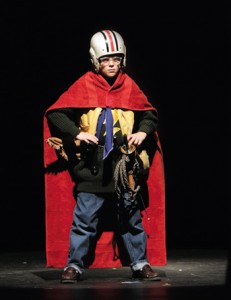
Bravo Greater Des Moines is formed as a successor to the Greater Des Moines Cultural Alliance. The organization is funded through a portion of the hotel/motel tax.
Joseph Leonardi establishes Central Iowa Repertory Theater Company, now the Repertory Theater of Iowa.
Des Moines Community Playhouse creates “Spotlight: Literacy,” a program that incorporates language arts skills, mentoring and theater. The program reaches 1,500 students annually.
Bravo Greater Des Moines holds its first annual gala, which quickly grows to become one of the metro area’s hottest tickets.
2005
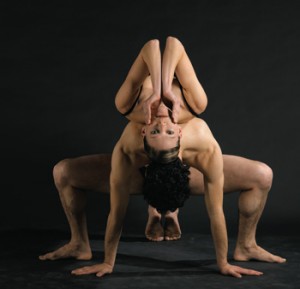
The Science Center of Iowa moves into its new $62 million downtown location.
Ballet Des Moines names Serkan Usta artistic director. Usta and his wife, Des Moines native Lori Grooters, move to Des Moines from Tulsa to revive the dance troupe.
The 48 Hour Film Project, an international filmmaking contest that began in Washington, D.C., in 2001, holds its first contest in Des Moines. Participants have 48 hours to write, shoot and edit a movie.
Local jazz aficionado Abe Goldstien launches Jazz@Caspe Terrace
series. The fall and spring series brings internationally acclaimed jazz artists to Greater Des Moines to, as Goldstien puts it, “open people’s ears.”
2006
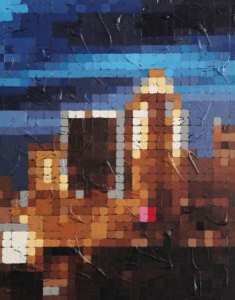
The Des Moines Arts Festival moves from the downtown bridges to Western Gateway Park. Each year, the juried show features about 185 artists and draws more than 200,000 attendees.
ArtStop, a weekend event celebrating visual and performing arts at various locations around Greater Des Moines, begins. The event is held each year through 2012.
2007
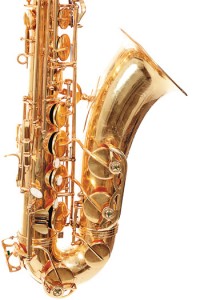
Bravo Greater Des Moines and the Community Foundation of Greater Des Moines launch Connecting Kids and Culture, which is funded through proceeds from The Principal Charity Classic. Each year, the program provides a way for about 40,000 students in Polk, Dallas and Warren counties to experience local arts and culture offerings in ways that directly relate to their classroom learning.
The 711 Theater Project holds its first competition. Groups write and rehearse an 11-minute play in seven days after receiving specific guidelines they must work within.
The Iowa Shakespeare Experience begins its free outdoor festival. The annual summer event is held each July at Simon Estes Amphitheater.
Metro Arts Alliance’s Jazz in July turns 25. The month-long music series celebrates jazz through free outdoor concerts throughout Greater Des Moines.
Zachary Mannheimer establishes the Des Moines Social Club, a nonprofit organization that focuses on fostering the local arts and cultural scene through classes, theater, exhibits and special events.
The Clive Public Art Program is established. Through the program, the city has commissioned three pieces of artwork, created children’s programming and established the Art along the Trail outdoor exhibit.
2008
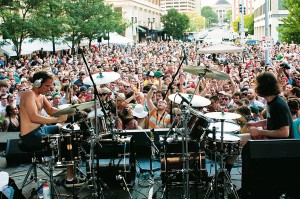
Civic Music Association celebrates its 85th season of bringing acclaimed musical artists to Des Moines.
StageWest Theater Company becomes the fourth theater group in the country to perform “Jerry Springer – The Opera.” The controversial show plays to sellout crowds.
Choral conductor Carol Stewart retires from the Des Moines Vocal Arts Ensemble. Timothy McMillen, director of choral activities at Simpson College, succeeds her.
John Canarina, who conducted the Drake Symphony Orchestra for 35 years, retires. Akira Mori succeeds him.
The 80/35 music festival kicks off its inaugural year in Western Gateway Park. The two-day festival attracts 30,000 people each year and features national headliners as well as local musicians.
Repertory Theater of Iowa merges with The Drama Workshop, Des Moines’ longest- running theater company.
2009
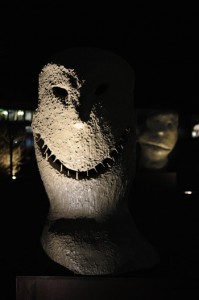
The Des Moines Art Center opens “After Many Springs: Regionalism, Modernism and the Midwest,” a blockbuster exhibit that sets attendance records and attracts critical acclaim. More than 56,000 people attend the exhibit.
Cat Rocketship, Scott Kubie, and Dani Ausen create Market Day, a monthly marketplace for independent artists.
The $40 million John and Mary Pappajohn Sculpture Park opens in Western Gateway Park. The 4.4-acre park houses 27 sculptures.
StageWest Theater Company and Des Moines Community Playhouse co-produce “The Laramie Project: Ten Years Later,” based on the Matthew Shepard hate crime murder in Wyoming. The national theater event was performed simultaneously at more than 100 theaters across the nation.
2010

The Des Moines Art Center completes a $34 million endowment and capital campaign, which provides funding for the addition in 2010 of the Museum Services Center on the west side of the building.
Dr. Robert Larsen, founder of Des Moines Metro Opera, is named artistic director emeritus of the organization, and Michael Egle takes over as artistic director.
The Science Center of Iowa opens “Da Vinci—The Genius,” an exhibit featuring full-scale inventions from Leonardo da Vinci’s personal codices, reproductions of his most famous art including the “Mona Lisa,” and three-dimensional interactive presentations. Its 20-week extended run draws more than 50,000 visitors.
2011

The Civic Center of Greater Des Moines launches the Dance Series, which brings world-class troupes, such as the Martha Graham Dance Company, to Des Moines.
The Greater Des Moines Botanical Garden launches a capital campaign to renovate, expand and rebrand the center.
Des Moines Community Playhouse sells a record-breaking $1 million in tickets for its 2011-12 season.
The Civic Center of Greater Des Moines kicks off the 49-week national tour of the Tony-award winning Broadway show “La Cage aux Folles,” beating out much bigger markets and showcasing the city’s growing clout on the national stage.
2012
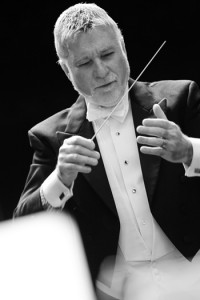
The Des Moines Symphony celebrates its 75th season and commissions Minnesota composer Steve Heitzeg to create a piece inspired by the John and Mary Pappajohn Sculpture Park. The organization also launches a $7.5 million capital campaign and moves its offices to The Temple for Performing Arts.
Des Moines Metro Opera marks its 40th anniversary, performing in the newly renovated Blank Performing Arts Center.
Ballet Des Moines hires six resident professional dancers to perform in a 26-week season.
The Downtown Community Alliance and Des Moines Public Library kick off the first Wonder of Words Festival.
“Triple Espresso” marks its 10th year, making it Iowa’s longest-running show.
Crane Artist Lofts opens, becoming downtown Des Moines’ first residential community for artists.
2013
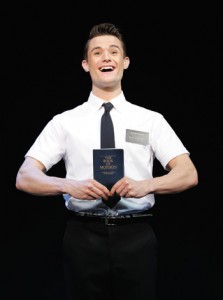
The Civic Center of Greater Des Moines rebrands itself as Des Moines Performing Arts. The nonprofit umbrella organization oversees the Civic Center, Temple Theater, Nollen Plaza and Stoner Theater. “The Book of Mormon” generates a record-setting economic impact of more than $9 million during its Jan. 24-Feb. 3 run at the Civic Center. Overall, a total of 36,182 people attend the show’s 14 performances.






